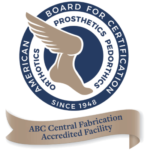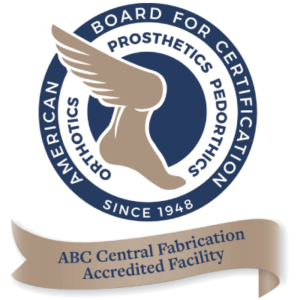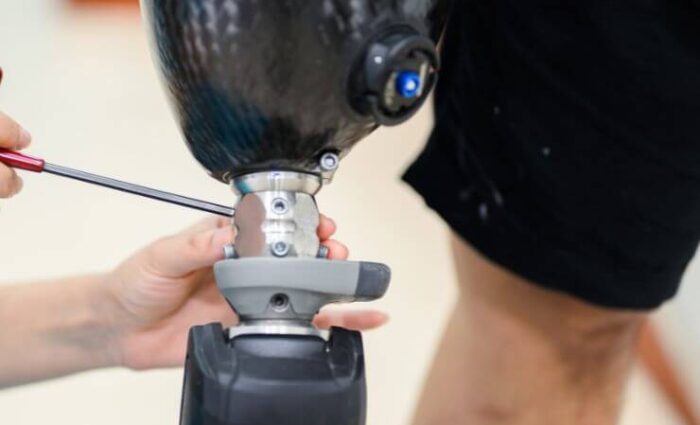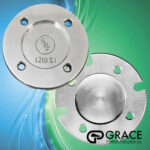How long can a patient expect a prosthetic socket to last?
When it comes to prosthetic limbs, one of the key components determining comfort, functionality, and longevity is the prosthetic socket. Serving as the interface between the residual limb and the prosthetic device, the prosthetic socket plays a crucial role in ensuring a secure fit and optimal performance.
But how long can an amputee expect their prosthetic socket to last? Let’s delve into the factors influencing the lifespan of a prosthetic socket and how advancements in prosthetic socket development are enhancing durability and performance.
Understanding Prosthetic Socket Development
Prosthetic socket development has undergone significant advancements over the years, leading to improved comfort, functionality, and longevity. Traditionally, prosthetic sockets were made using plaster casting techniques, which were labor-intensive and often resulted in sockets with less-than-ideal fits.
However, with advancements in prosthetic fabrication processes, such as computer-aided design and manufacturing (CAD/CAM), prosthetists can now create custom sockets tailored to the unique contours of the residual limb.
The Importance of Proper Socket Fit
One of the primary factors influencing the longevity of a prosthetic socket is its fit. A well-fitted socket distributes pressure evenly across the residual limb, minimizing the risk of skin breakdown and discomfort.
Conversely, a poor-fitting socket can lead to friction, pressure points, and instability, resulting in pain and potential skin issues. Regular assessments of socket fit are essential, as changes in limb volume, weight bearing, and activity level can affect the fit over time.
Types of Prosthetic Sockets
Prosthetic sockets come in various shapes and designs to accommodate different levels of amputation and individual needs. For upper limb amputees, sockets may vary in size and shape depending on factors such as the level of amputation and functional requirements.
Lower limb sockets, particularly for knee amputees, must support weight bearing and provide stability during walking and other activities. Custom sockets offer the advantages of precise fit and improved comfort, enhancing long-term prosthetic use.
Long-Term Considerations
While the lifespan of a prosthetic socket can vary depending on usage and maintenance, a well-designed and properly maintained socket can last several years. Regular inspections by a prosthetist are crucial to identify any signs of wear and ensure optimal performance.
Additionally, advancements in prosthetic components, such as durable materials and innovative suspension systems, contribute to the longevity of prosthetic sockets, offering users greater confidence and independence in their daily activities.
Addressing Challenges
Despite advancements in prosthetic socket design and fabrication, challenges such as skin breakdown and discomfort can still arise, particularly with long-term prosthetic use. Proactive measures, such as incorporating pressure-relief features and utilizing advanced materials with enhanced moisture-wicking properties, can help mitigate these challenges and prolong the lifespan of the prosthetic socket.
Contact Grace Prosthetic Fabrication for Prosthetic Socket Fabrication
The lifespan of a prosthetic socket depends on various factors, including fit, design, usage, and maintenance. With advancements in prosthetic socket development and fabrication processes, users can benefit from custom sockets that offer improved comfort, functionality, and durability. Regular monitoring and maintenance by a qualified prosthetist are essential for optimizing socket fit and addressing any issues that may arise over time.
By prioritizing proper socket fit and proactive care, individuals with limb amputations can enjoy long-term use of their prosthetic devices, empowering them to lead active and fulfilling lives.
Contact Grace Prosthetic Fabrication for prosthetic fabrication for your patients.






